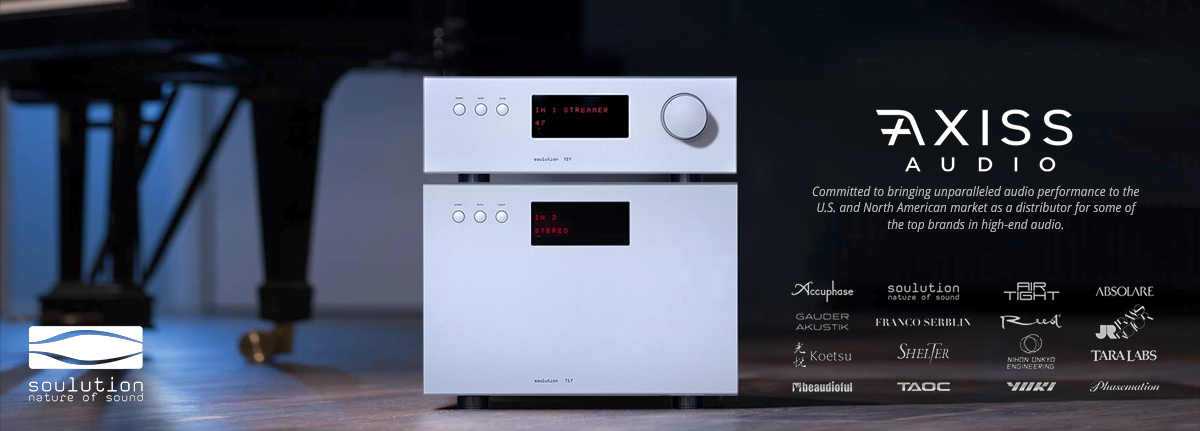A 211-based SET Ongaku tribute from Uesugi Ken (Otomon Laboratory, Japan) that I recently commissioned is finished and will be shipped soon. He sent me the following measurements:
frequency response: 16Hz-45KHz (22 watts/8ohm)
hum level: 0.2mV
THD: 5% at 22W
I am requesting advice from the experts out there. I hear that SET’s sound great because the lack distortion in the upper odd-order harmonics. Some say the distortion makes them sound good, while still others say they sound good despite the distortion.
What do these measurements tell you? To me, the frequency response seems to be very good (however my speakers can’t go that low, and I can’t hear that high), but what about the THD and hum levels, are they acceptable?
frequency response: 16Hz-45KHz (22 watts/8ohm)
hum level: 0.2mV
THD: 5% at 22W
I am requesting advice from the experts out there. I hear that SET’s sound great because the lack distortion in the upper odd-order harmonics. Some say the distortion makes them sound good, while still others say they sound good despite the distortion.
What do these measurements tell you? To me, the frequency response seems to be very good (however my speakers can’t go that low, and I can’t hear that high), but what about the THD and hum levels, are they acceptable?

















